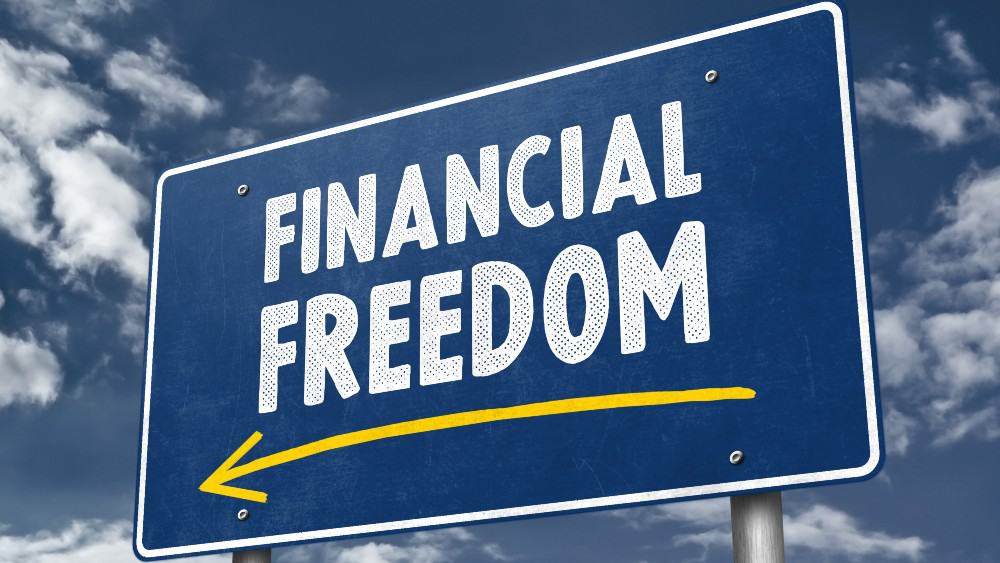We earn active income from working, and that pays the bills. However, we will retire at some point. Some people want to achieve financial freedom sooner, so they are free to do what they want — whether it makes money or not.
When you’ve reached financial freedom, you’ve accumulated sufficient assets to last you a lifetime, or you’re able to make passive income that covers your expenses.
In any case, you need to plan for financial freedom. With a habit of saving and contributing to your investment portfolio every month, you will steadily but surely work towards your goal of financial freedom.
Spend less than you make
To save for your financial freedom, you need to spend less than you make now. The math is simple. If you earn $2,000 a month after paying income taxes, you need to spend less than $2,000 to have leftovers. The more you save earlier on, the harder your money can work for you over the years.
The first thing is to eliminate debt — particularly, high-interest debt.
Eliminate high-interest debt
Debt is not made equal. For example, if you have a personal line of credit that charges an interest rate of 6% and credit cards that charge 18%, you should pay off what you owe on your credit cards first.
Otherwise, if you owe the same amount in both, you’ll be paying three times as much in interest expense for the credit cards versus the line of credit.
Some people wish to pay off their mortgage sooner than later. However, a mortgage nowadays likely has the lowest interest rate versus the rates on a personal line of credit and credit cards. So, you’ll spend less in your overall interest expenses by paying off the credit cards and personal line of credit first. There’s no need to rush to pay down your mortgage faster.
Earn more money…
Other than spending less than you make and actually saving some money every month, you also want to earn more money. That can come from becoming an expert at your job, which can lead to a raise or promotion. If you have your own business, you can work to grow your business to earn more.
One “side business” anyone can do to help them earn more money is by investing extra savings in stocks. However, you’ll need to learn the ropes.
Stock investing can be low risk. Specifically, you can aim to buy wonderful businesses when their stocks are trading at good valuations. You’ll need to watch the markets for good deals.
From $0 to $1,000,000
If you understand stock investing and can execute your winning strategy well, you should be able to earn a return of at least 10% per year. If you’re starting an investment portfolio from scratch today and invest $6,000 a year (or $500 a month), you’ll end up with $1,085,660 on a 10% rate of return in 30 years.
We simplified by applying no tax to this portfolio’s growth. This scenario would work well for a Tax-Free Savings Account (TFSA) investing account, where you experience tax-free income and growth.
Assuming at the end of the 30 years, you convert the portfolio to one that pays a 3.5% dividend yield, you’ll earn $37,998 of tax-free income a year.
If that’s not enough to get you to financial freedom, you’d be closer anyway. And if you realize that’s not enough now, you either need to save and invest more, aim for higher returns, or expect to contribute to your investment portfolio for longer than 30 years.








